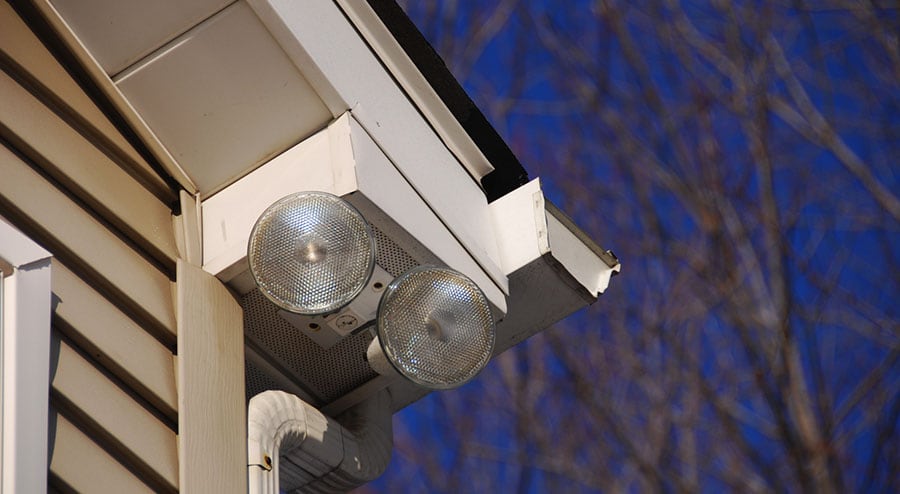We all live with a basic TV set in our homes and on our everyday commutes. The TV is just as important to keep us amused as our cell phones. Everything looks better on TV, whether it’s cricket events, prime-time news discussions, Indian soap operas, or movies. As a consequence, you must have a television connection that meets your requirements. Why should you lag with a poor connection when TVs are growing better than ever? The sooner you upgrade if you are still utilizing a traditional cable connection, the better. Make the switch to digital TV to see the dramatic improvement in quality for yourself. These days, the majority of households choose digital TV package deals to get a seamless experience. It provides the finest opportunity for families to spend quality time together with their friends and family. Numerous possibilities are provided by digital television to enhance the watching experience for viewers.
What specifically is digital television?
Digital TV is an improvement over traditional analog TV signals that had to be transferred through wires since it uses digital transmission of TV signals. With a digital TV, a satellite dish is used to receive the TV’s direct transmissions. The image quality, overall sound quality, and display resolution have all improved significantly as well. Thus, everyone may enjoy watching TV much more effectively as a result. Understanding the distinction between digital and analog transmissions is essential for a thorough understanding of digital television. When a wave is sent or recorded, it is known as an analog signal. It resembles a cast that is moved from place to place formed from a footprint. Throughout shipment, the cast’s shape remains constant. The signal is divided into numbers by a digital signal, which will be rebuilt at the destination. In some aspects, it resembles a puzzle that must be disassembled once each component is assigned a number, then reassembled in a different spot.
How is digital TV operated?
You must realize that digital TV turns analog signals into binary codes, also known as 0s and 1s, to comprehend how the signal works. The technology behind helping computers store files inside of them is the same. The software is initially disassembled or subdivided into minuscule bits, each of which represents a minuscule portion of information. The original picture that was intended to be broadcast is then recreated by once again rearranging the bits. In this approach, there is no degradation in the total image quality. The created image and noises are the same, providing the consumer with a superior end-user experience.
How to set up digital television at home?
- One of two actions has to be taken for people to receive digital TV signals. They must either upgrade their traditional TV to a digital one that can receive signals or purchase equipment that can convert the digital to an analog signal. Digital TV devices will probably be less expensive, but the signal quality won’t improve as much as it would with digital televisions.
- It is not necessary to be concerned about HD TV service for people who are receiving cable or satellite. In the majority of situations, their cable provider is already providing them with a digital signal. As a result, switching to digital TV would only have an impact on consumers who get their television signal from the air using a conventional antenna. Because many people who choose this option are low-income, the United States government has issued subsidies to help citizens pay for converter boxes.
- The advantages will become apparent in the image and sound quality after the switch. The alleged ghosts & snow that occasionally afflict analog television will be an occurrence of the past. The digital TV stations will be quite clear to hear. Additionally, the music will be clearer, however, most people would need a good auxiliary sound system to hear the difference. Televisions typically don’t have high-quality enough built-in speakers to accurately reproduce the difference in digital sound.
- The gains will be apparent in the image and sound quality when the change has occurred. Analog TV’s infamous “dead” and “storm” problems soon be a distant dream. It would be incredibly clear to see digital TV networks. Although most people would need a good auxiliary sound system to hear a difference, the music will also be clearer. Typically, televisions don’t have high-quality enough built-in speakers to accurately convey the difference between analog and digital audio.
Digital TV seems to be a broadcasting standard that substitutes digital signals for the analog ones often utilized in television broadcasts. A digital transmission does not always indicate high-definition television, despite considerable uncertainty on the subject. The differences between the two are obvious. Although not assured, high resolution is feasible with digital transmissions. The advantages of digital television include the absence of signal deterioration, which allows for sharper transmission of images and higher-quality sound.







